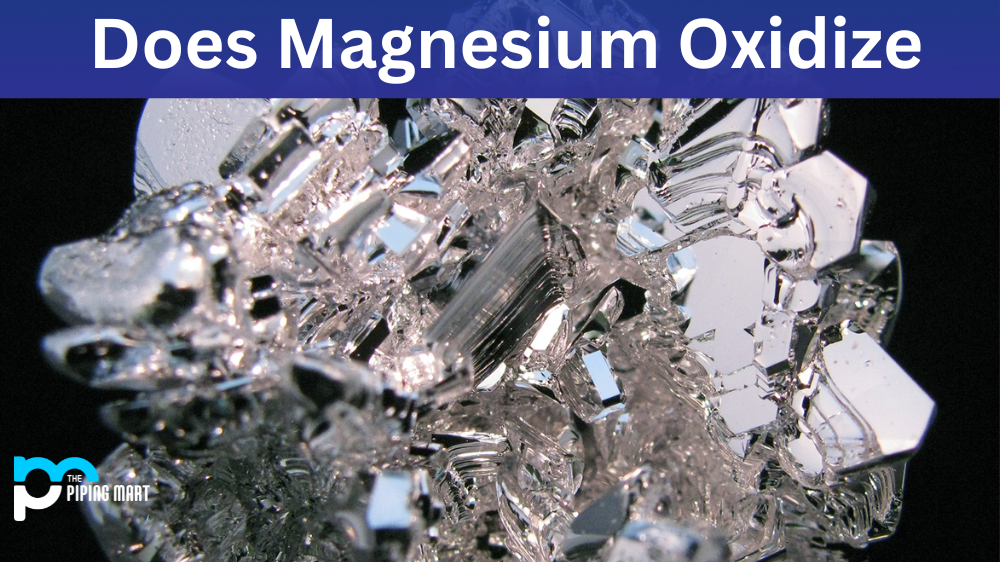Choosing the correct steel for your projects is crucial to its durability and functionality. Many steel types are available in the market, and determining the right one can be daunting. Two of the most popular steel grades that are often compared are 1070 and 1050. In this blog post, we will look at these steel types, reach them, and help you decide which is best suited for your project requirements.
What is 1070 Steel?
1070 steel is a high-carbon type often used to make knives, swords, and other cutting tools. This steel type contains 0.70% carbon, making it an excellent edge retention and sharpness choice. It also includes a small amount of manganese and phosphorus, which enhance its strength and toughness. Due to its high carbon composition, 1070 is difficult to forge and requires precise control over temperature during the forging process. However, once shaped, it can last for a lifetime if maintained properly.
What is 1050 Steel?
1050 steel, on the other hand, is a medium carbon steel type often used for industrial applications such as springs, gears, and shafts. It contains 0.5% carbon and a small amount of manganese and phosphorus, imparting strength and ductility. 1050 is relatively easier to forge and tends to be more forgiving during the forging process. Furthermore, it can be heat-treated to enhance its strength and hardness.
Difference Between 1070 and 1050 Steel
Both 1070 and 1050 are medium to high-carbon steel types, but each has unique properties that make it suitable for different applications. 1070 is an excellent choice for edge retention and sharpness, making it ideal for making knives or swords. 1050, on the other hand, is more versatile and can be used for a wide range of industrial applications where strength, toughness, and ductility are required.
Regarding forging, 1070 tends to be more challenging to manipulate because of its high carbon content. It requires precise control over the forging process to achieve the desired shape and hardness. On the other hand, 1050 is more malleable and less prone to cracking during the forging process.
Composition
1070 Steel comprises iron, carbon, manganese, silicon, phosphorus, and sulfur. 1050 steel contains iron, carbon, manganese, silicon, and phosphorus.
Carbon Content
1070 steel has a carbon content of 0.7%. 1050 steel has a carbon content of 0.5%.
Manganese Content
1070 steel has a manganese content of 1.0%. 1050 steel has a manganese content of 0.8%.
Silicon Content
1070 steel has a silicon content of 0.4%. 1050 steel has a silicon content of 0.3%.
Phosphorus Content
1070 steel has a phosphorus content of 0.04%. 1050 steel has a phosphorus content of 0.03%.
Sulfur Content
1070 steel has a sulfur content of 0.05%. 1050 steel does not contain sulfur.
Tensile Strength
1070 steel has a tensile strength of 745 MPa. 1050 steel has a tensile strength of 665 MPa.
Yield Strength
1070 steel has a yield strength of 555 MPa. 1050 steel has a yield strength of 505 MPa
Conclusion
In summary, 1070 and 1050 steel are excellent choices for various applications. While 1070 is more suited for cutting tools, 1050 is more versatile and is often used in industrial applications requiring toughness and ductility. In choosing between these steel types, it is essential to consider your project requirements and the most crucial steel properties. Ultimately, 1070 and 1050 are durable, sturdy, and reliable steel types that can help you create high-quality, long-lasting products.

A passionate metal industry expert and blogger. With over 5 years of experience in the field, Palak brings a wealth of knowledge and insight to her writing. Whether discussing the latest trends in the metal industry or sharing tips, she is dedicated to helping others succeed in the metal industry.




